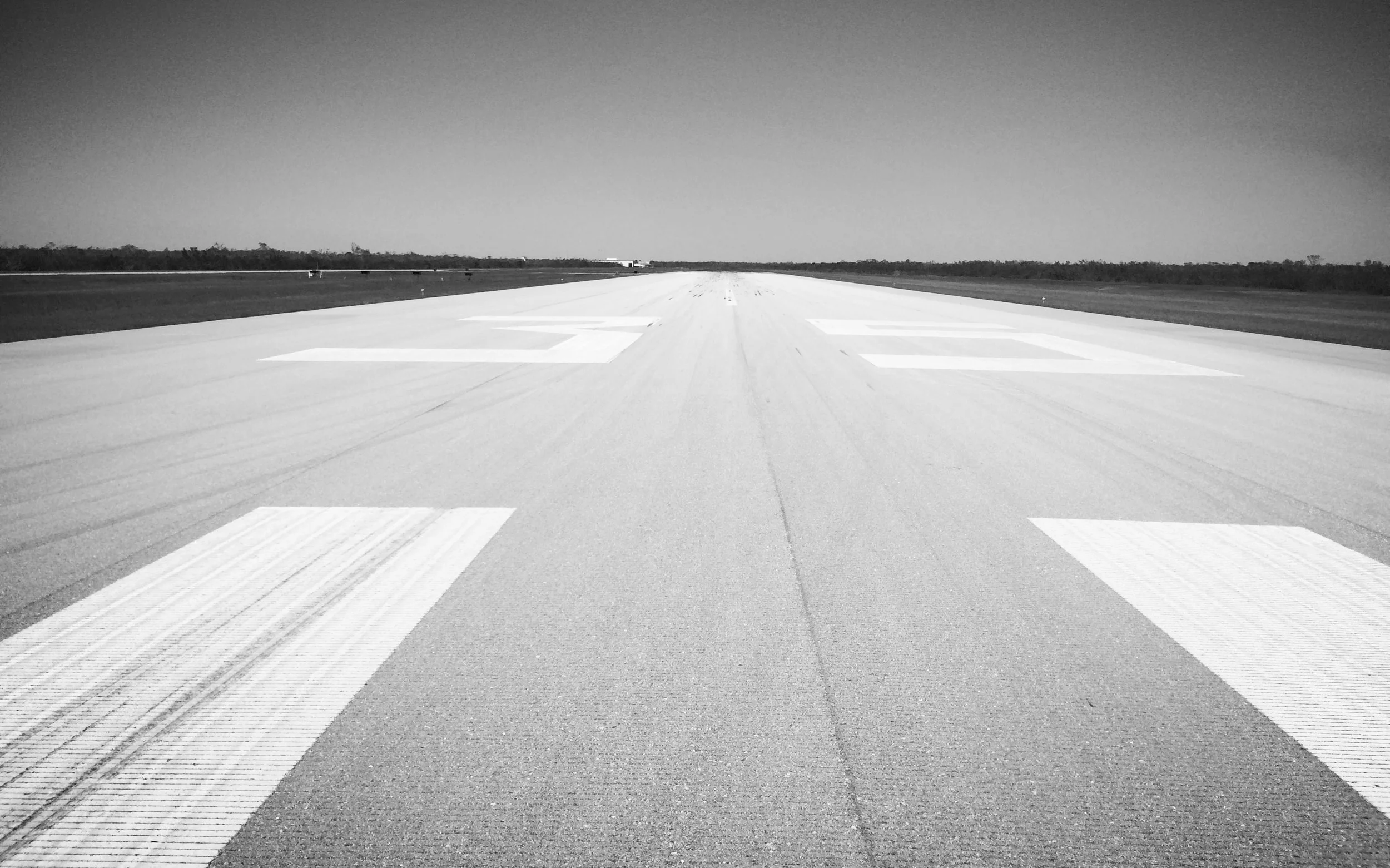Flying to Catalina Island (AVX) is one of the top flights one can fly in the United States next to flying the Grand Canyon and, of course, the back country of Alaska. Living on the east coast, making the storybook flight wasn’t in the cards until I received the opportunity to ferry an aircraft from Zamperini Field (TOA), just southwest of Los Angeles (LAX) to Florida.
At just under 25 miles, the flight was a minor excursion in the opposite direction of flying to Florida. We almost weren’t able to take the flight since there had been heavy fog most of the morning. Luck was on our side and the fog lifted in the early afternoon. Not required, but for safety since flying over open water, we requested flight following on the ground at Zamperini Field. We then took off over the small sand-colored hills surrounding the field. During our climb out we passed over the huge Port of Los Angeles. This a practice area for helicopter training and other aircraft-so be on the lookout. You can monitor or make position reports on 121.95 below 4,500’ or 122.85 at or below 2,500.’ Since we were well south of Los Angeles International, we didn’t get any crazy vectors to remain clear of their arriving or departing traffic and went straight on course to the southwest.
We flew there at a requested cruising altitude of 4,500. The weather had improved so much that we were able to see the Catalina at a mere 3,000 feet from our Cessna Cardinal. It was only a few moments later we had arrived to Catalina Island and we canceled flight following and switched over to the common traffic advisory frequency of 122.70.
We so wanted to land but were in a bit of time crunch so we did a few laps around the island. We were amazed at the beautiful turquoise waters on the southern part of the island which is also where the marina was located. The best sight was the beautiful green mountains that encapsulated the island. Some were so high they extended into a thin cloud layer above the island.
As we circled, more clouds moved in and the field became IFR. At that point we finished our aerial tour and got back with approach control to request flight following to the East.
The runway is almost directly in the center of the island. The approach is beautiful but the runway is situated south of a large mountain and drop offs on either end of the runway. Also depending on the clouds, flying a normal pattern may not be possible since one part of the pattern maybe in the clouds and requires a straight-in approach or an approach on the base leg. Once in the field environment, one has to contend with the winds blowing down the mountain or up from the surface below. If all this wasn’t fun enough, the runway is only 3,000’ long. Bring plenty of fuel since there is no fuel, oil, nor a mechanic on the field. Our flight was completed in the beginning of July and were told by a local that fog and low clouds are common for the island.
At the time of our flight the field had a landing fee of $25 and cabs provide transportation to town. Parking was also first come, first served, so call ahead to check for sufficient space to tie down. Enjoy the flight even if you just circle like we did, you won’t regret it!


